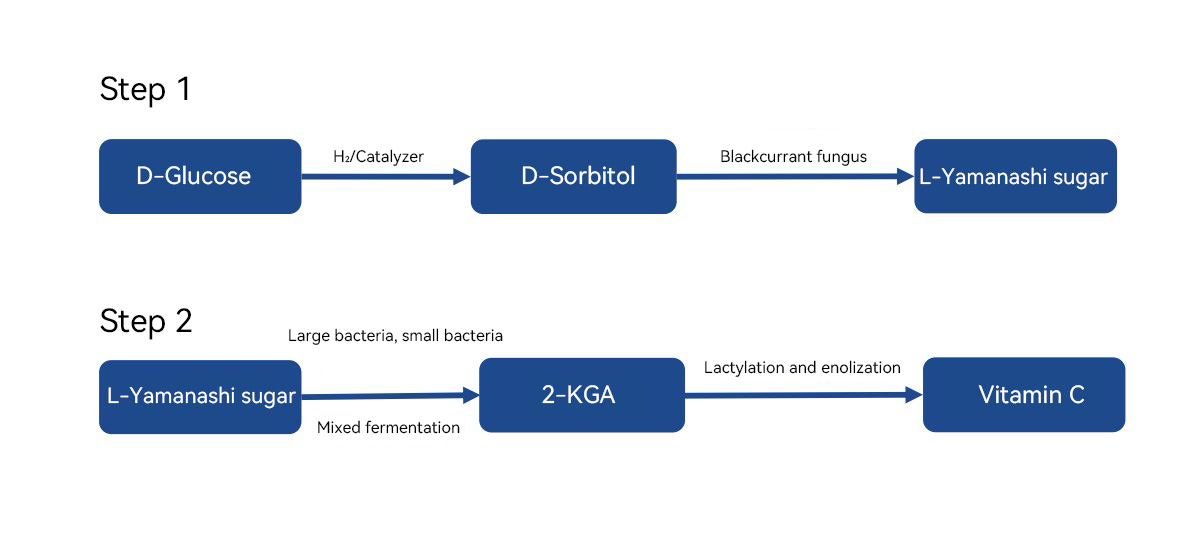Vitamin C
Vitamins are a type of trace organic matter that humans and animals must obtain from food to maintain normal physiological functions. They play an important role in human growth, metabolism, and development. These substances in the body are neither raw materials for building body tissues nor sources of energy, but rather regulatory substances that play an important role in material metabolism. There are more than 30 substances currently classified as vitamins, usually classified according to their physical properties into two categories: fat soluble vitamins (such as vitamin A, D, E, K, etc.) and water-soluble vitamins (such as vitamin C, vitamin B1, B2, B6, B12, pantothenic acid, PP, biotin, folic acid, choline, etc.). Water soluble vitamins are easily soluble in water but not easily soluble in organic solvents. After absorption, they are stored in the body very little, and excessive amounts are mostly eliminated from urine; Fat soluble vitamins are easily soluble in organic solvents but not in water. They can be absorbed by the body along with fat and stored in the body, with a low excretion rate. From the perspective of acquisition methods, vitamins can be divided into natural products and chemically synthesized products. Due to the limitations of raw materials and extraction techniques, natural vitamins have low production and high prices. Therefore, chemical synthesis dominates, accounting for about 80% of the total vitamin production.
Vitamin C
The most classic industrial production method for vitamins is the Le Chatelier process. The raw material is glucose, which is chemically hydrogenated to obtain the product D-sorbitol. It is then fermented by acetic acid bacteria to produce L-sorbose, which undergoes chemical oxidation and ketolation. 2-keto-L-gulonic acid is obtained through hydrolysis reaction, and finally vitamin C is obtained by acidification with hydrochloric acid. However, the Lai's method has many drawbacks. Currently, foreign manufacturers mostly use the modified Lai's method, while Chinese manufacturers mainly use China's first two-step fermentation method for the production of vitamin C.





























